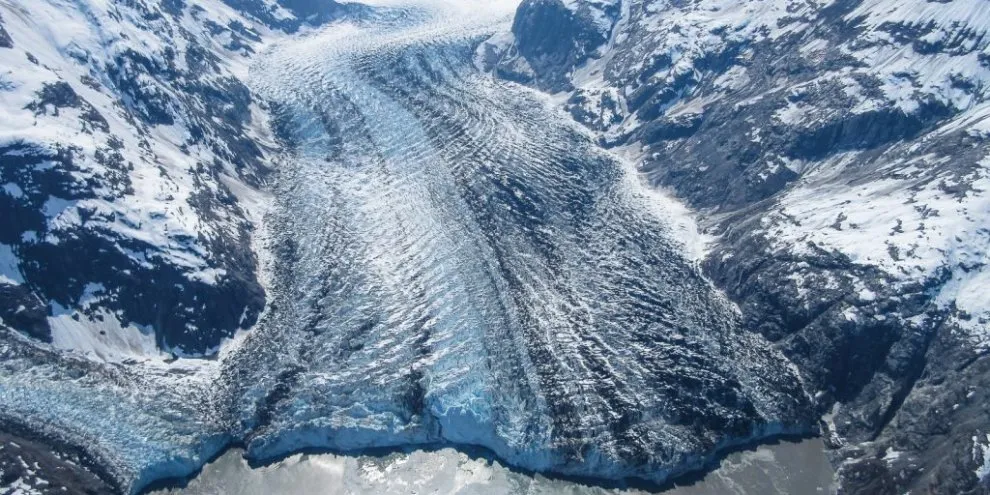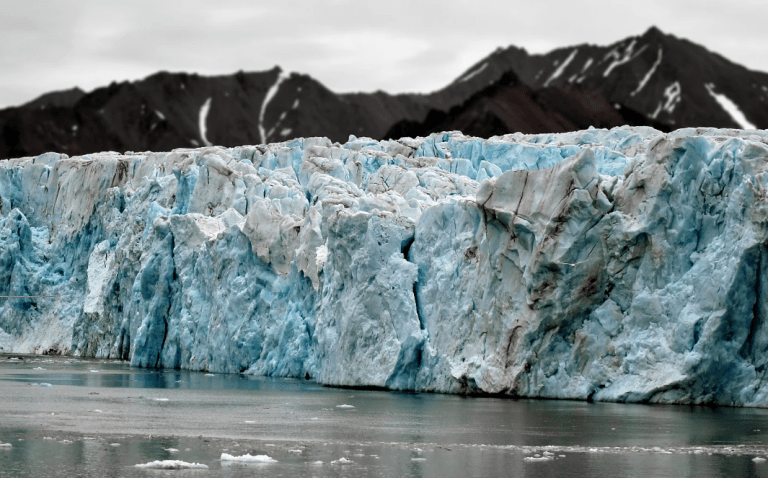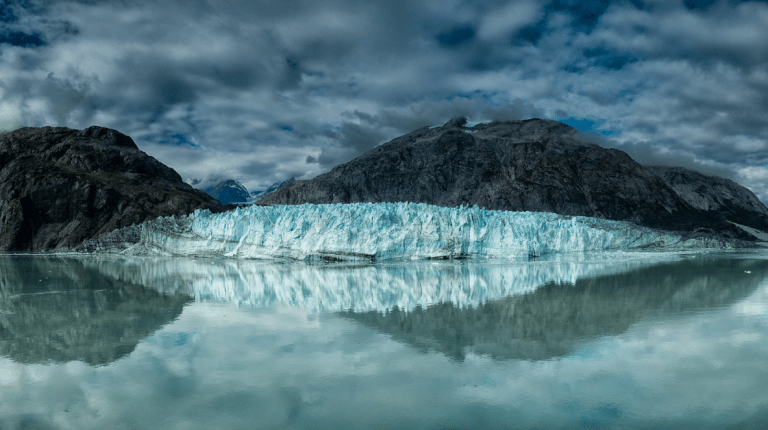Glacier Bay National Park and Preserve is a United States national park and reserve located on the Pacific Ocean coast of Alaska. The most conspicuous part of the park is a bay in Southeast Alaska.
Glacier Bay National Park and Preserve is a protected area in the US state of Alaska. It includes the bay itself, as well as the mountains and glaciers that surround the bay. It is considered as the largest park of protected water areas in the world.
 |
| Glacier Bay National Park and Preserve |
This National Park is a protected area in the state of Alaska in the United States. It includes the bay itself, as well as the mountains and glaciers that surround the bay. It is considered as the largest park of protected water areas in the world.
History of the National Park
The Glacier Bay National Park and Preserve is located on the Alaska Peninsula, west of the city of Juneau.
The creation of the park began in 1925, when Calvin Coolidge signed the bill creating the Glacier Bay area as a national monument. After expansion in 1978 by President Jimmy Carter, the park increased in size by 523,000 acres under the Alaska National Wildlife Lands Act (ANILCA).
This fact helped expand the park again in 1980, while it was in the process of being established as a national park, to include 57,000 hectares of protected reserve.
In 1979, the Glacier Bay area became a World Heritage Site by the UNESCO. The park and preserve share 5,130 square miles of land, with 4,164 square miles encompassing an official wilderness area.
 |
| Glacier Bay National Park and Preserve |
About the Park
The park located in the northernmost part of Alaska, along the coast, and is only fifteen kilometers from the Canadian border.
The highest peak in the park is Mount Fairweather, which reaches 15,300 feet and merges with the Fairweather Range to the south.
The western border of the park is natural, running the entire length of the peninsula that is straddled by the Great Pacific Glacier near Canada. The eastern boundary of the park is also natural, encompassing the crest of another peninsula occupied by the Tongass National Forest, where the northwestern border of the park appears.
Glacier Bay National Park has about 600,000 acres of federally protected water in Alaska. These waters are used to compare other marine ecosystems that are not protected by law. These protected waters include the Alsek River, which serves as a subsidized fishing and hunting area under the Alaska National Interest Lands Conservation Act (ANILCA), which also protects the area's glacier-dependent ecosystems.
 |
| Glacier Bay National Park and Preserve |
There are fifteen sea glaciers in the National Park, which descend from the snow-capped mountains into the bay.
Muir Glacier was the most lively glacier in the park, with one side reaching a height of 265 feet, but this glacier receded in the 1990s.
There are nine sea glaciers in the Bay Glacier National Park and Reserve, of which four are considered to be icebergs in the bay.
Glacial retreat has greatly affected the landscape of the park for many years.
In 1794, Joseph Whidbey found that the Park was almost completely covered by a glacier, but when John Muir visited the area in 1879, it was found that the glacier had receded 48 miles into the bay.
 |
| Glacier Bay National Park and Preserve |
Despite the astonishing rate of retreat of this glacier, many of the glaciers in the park are still dimensionally intact.
Areas of Glacier Bay National Park and Preserve near the Gulf of Alaska have a temperate climate, with high rainfall and little snowfall.
Mountain areas in the park are typically cold and have significant snowfall, while lower areas are known as transition zones.
The park has many habitats including alpine tundras, ice fields, wet tundras, and riparian forests.